Day 93 (July 14, 2017)
Sannai, Akita → Sawauchi, Iwate
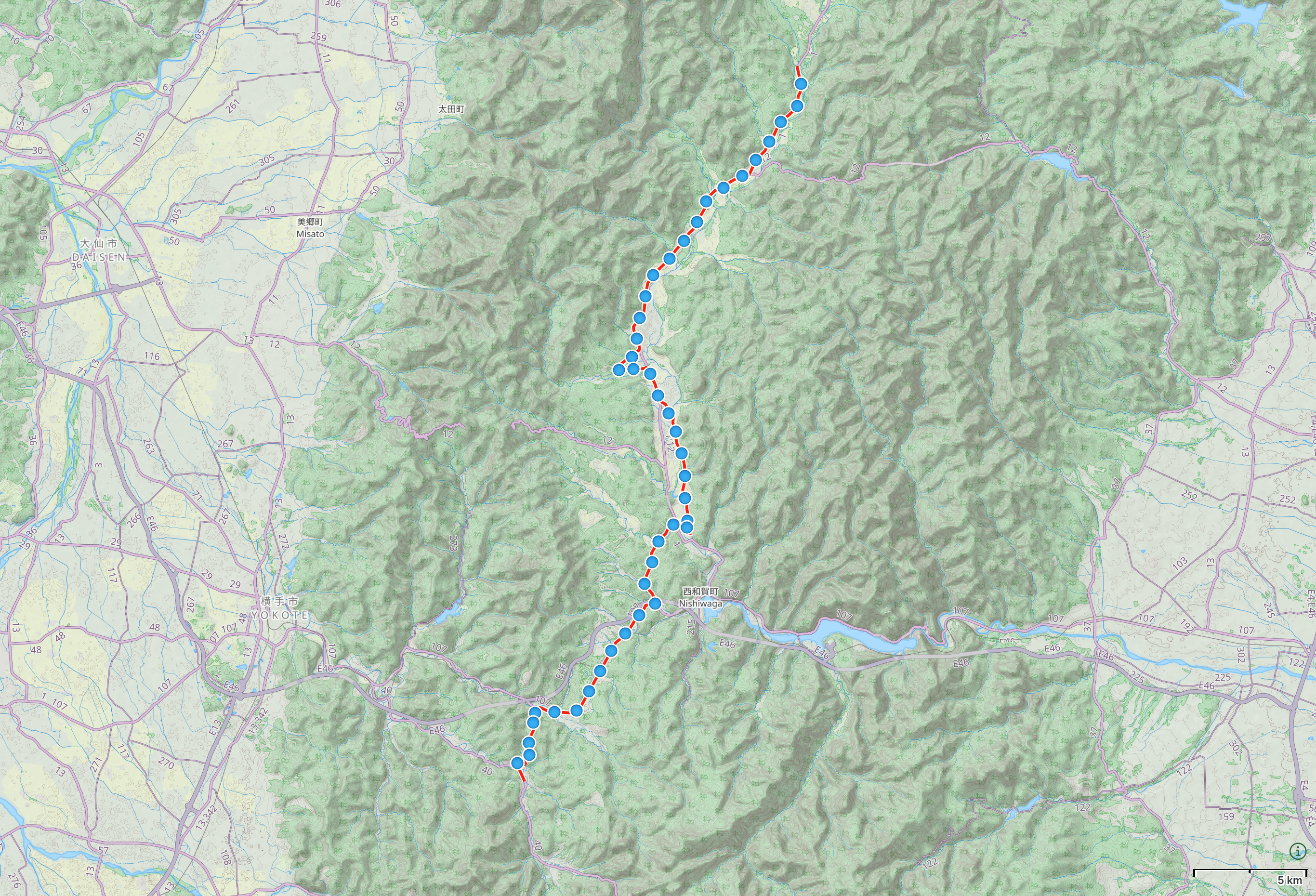
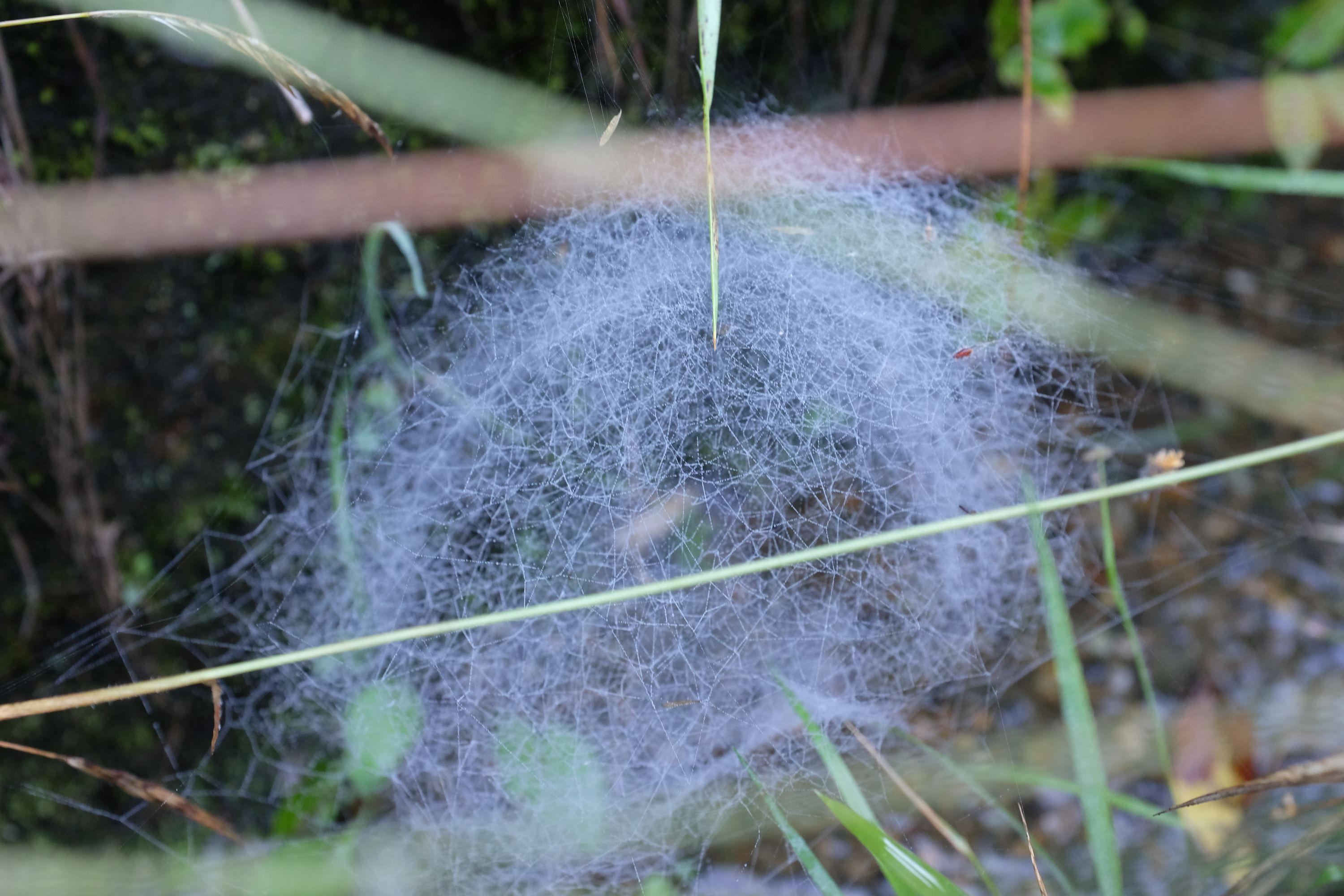
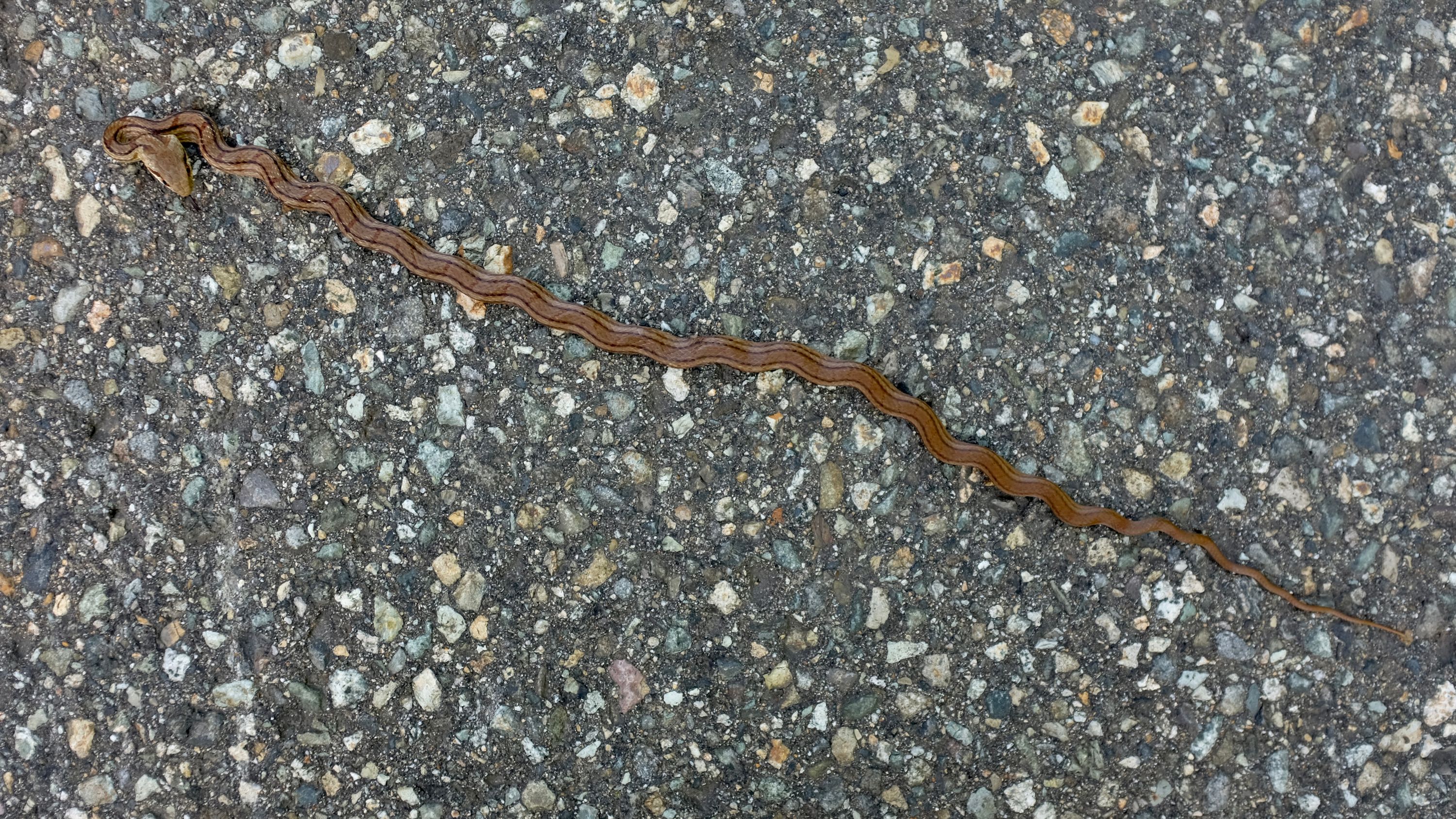
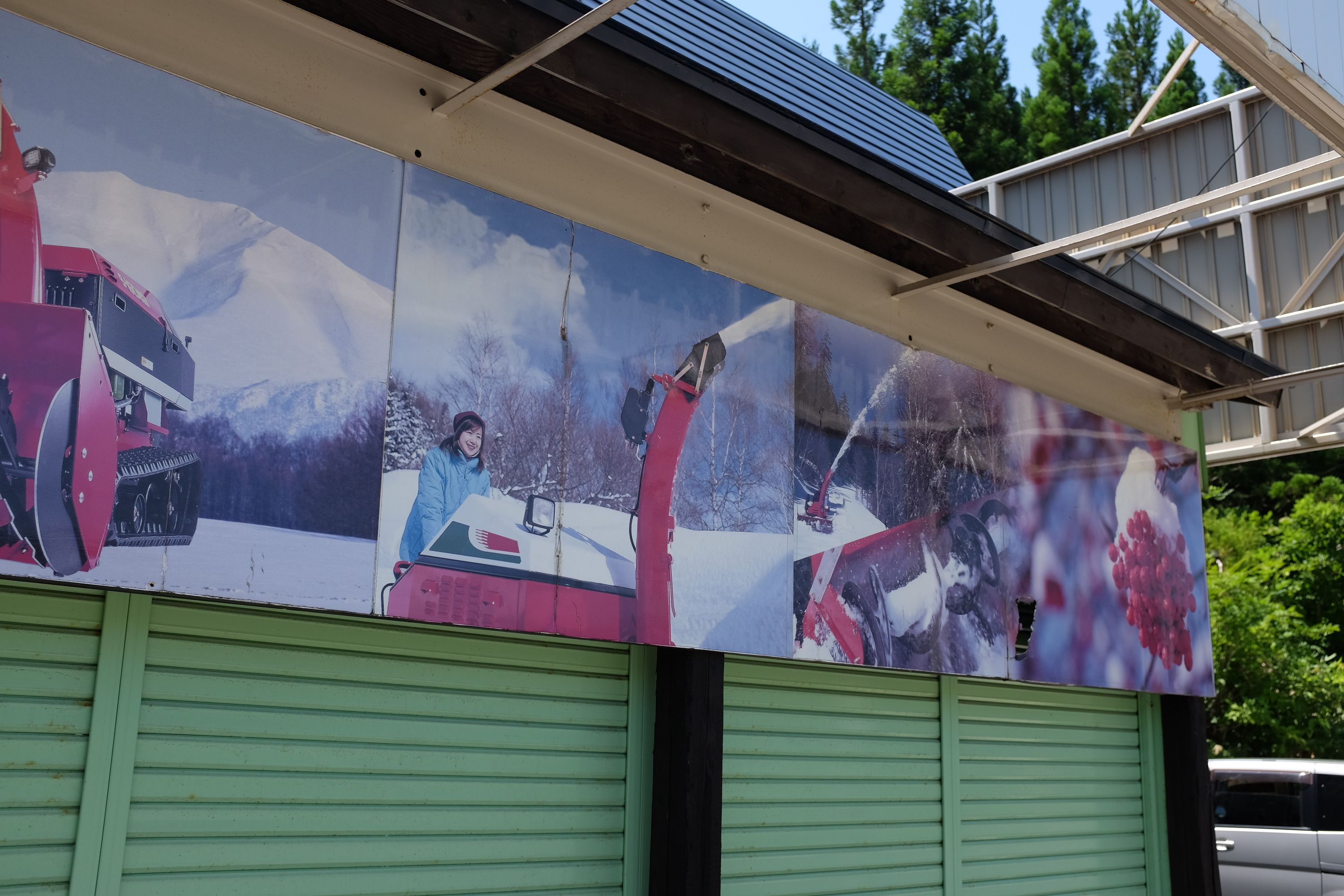
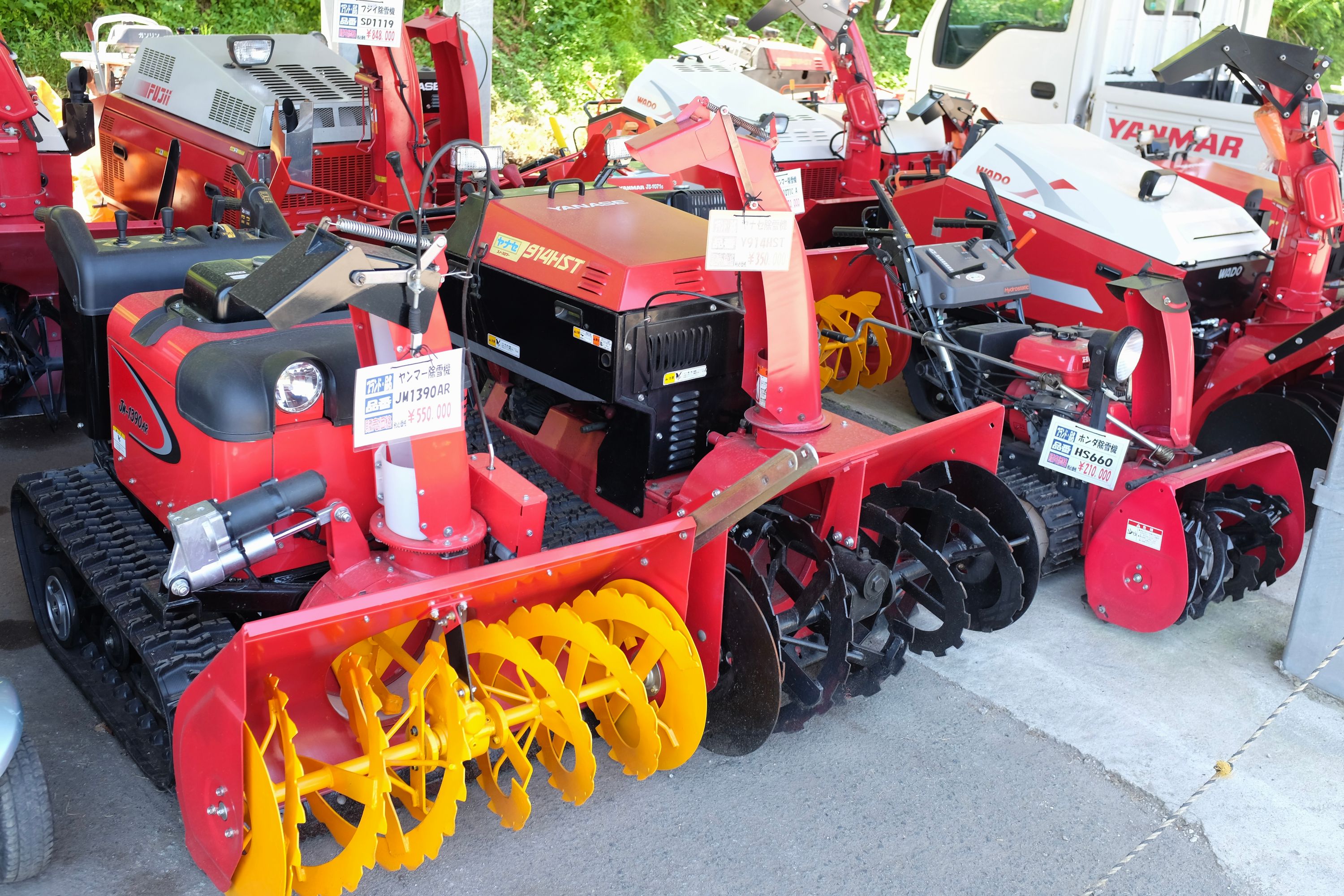
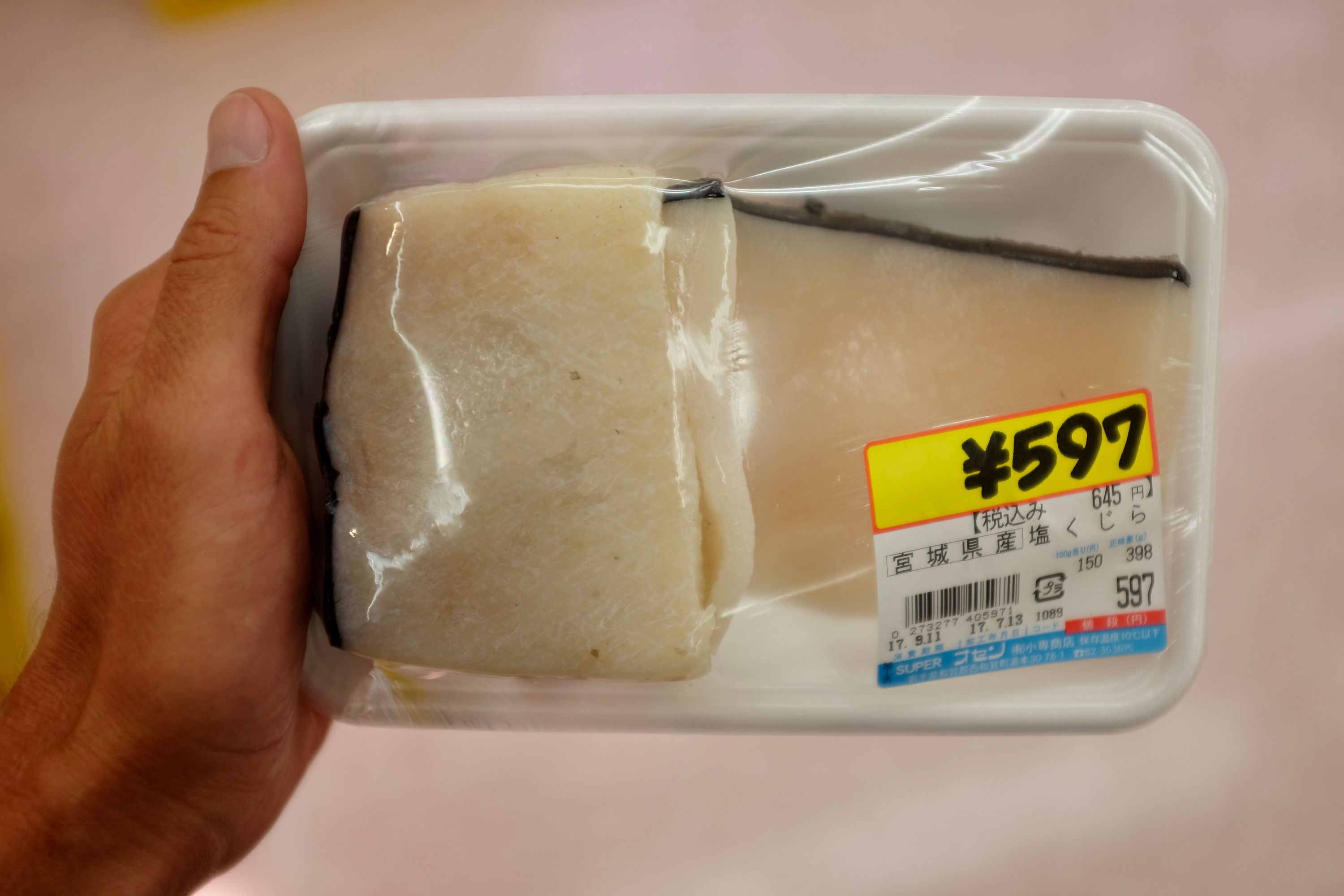
The conclusion of Japanese scientific whaling is a chunk of meat which sells for less, by weight, than an apple. Of course it does: tending to an apple orchard requires care and long-term commitment, while shooting large, docile, wild mammals in the head with an explosive harpoon requires neither. Peer review was provided by elderly couples buying little boxes of whale sashimi for lunch. The day outside was an oven, and I walked up the valley, towards the volcano.
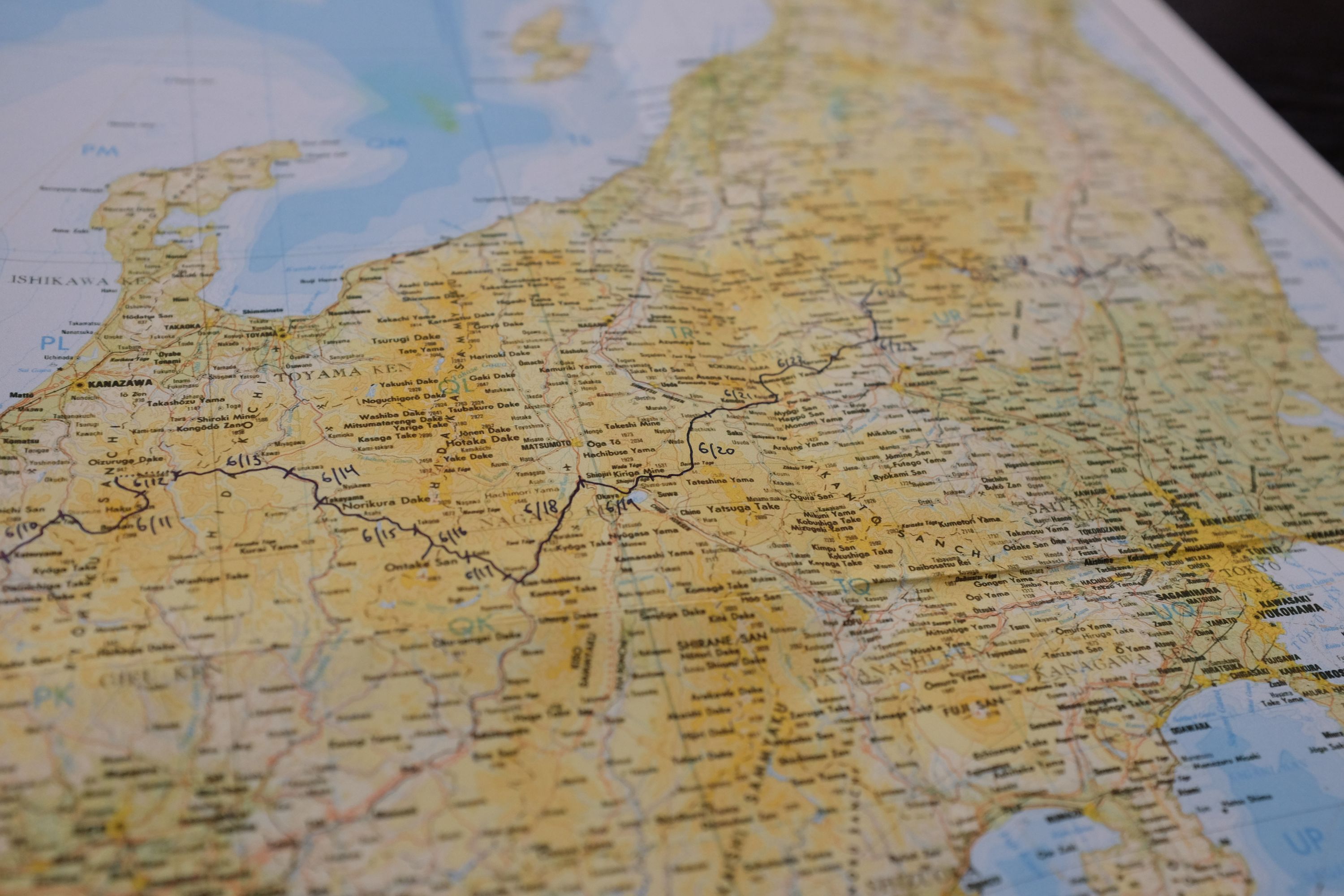
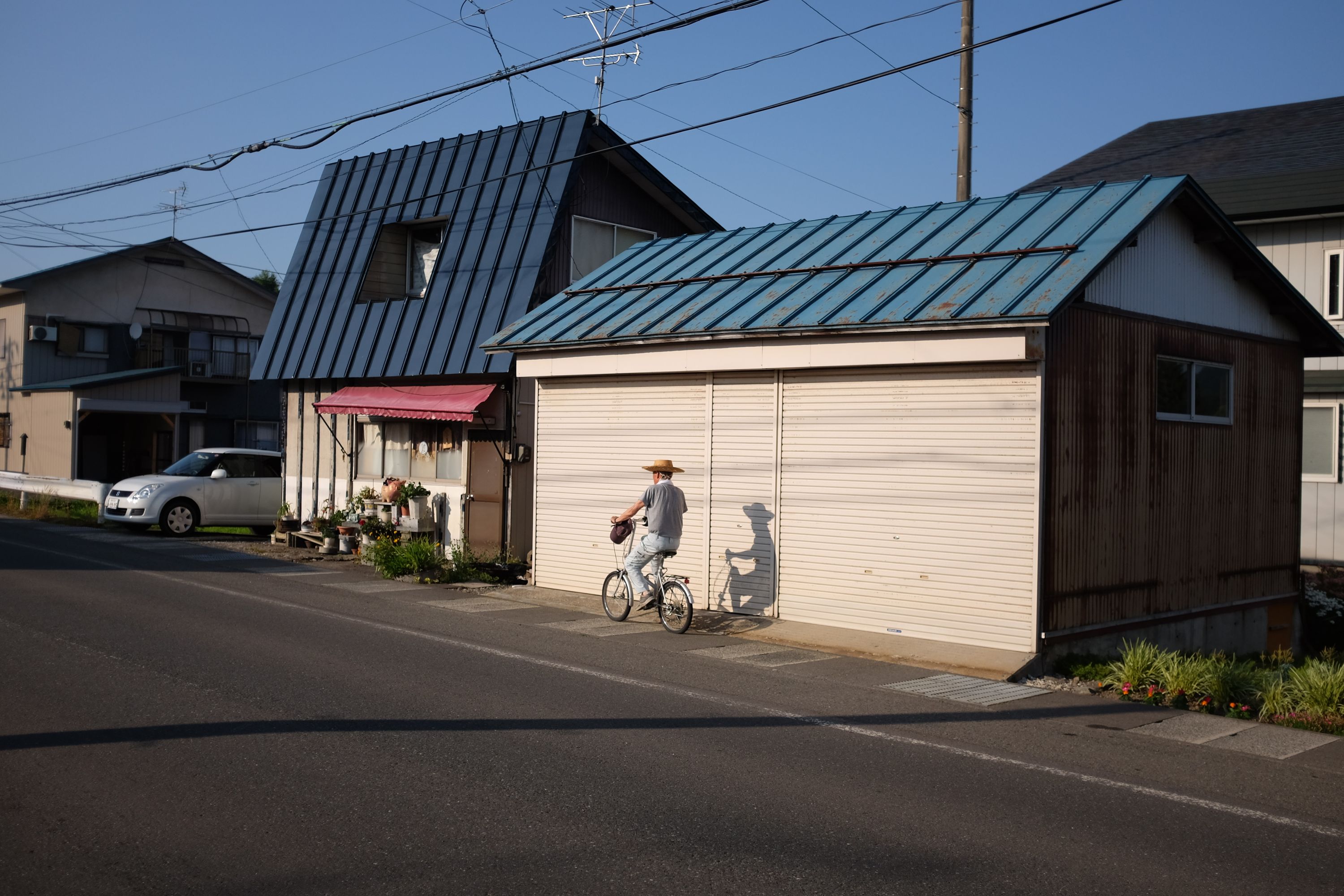
To imagine this radiant green land as the snowiest place on earth is an exercise beyond my mental capacities, but it’s not only the snowplows parked in every garage that hint at the peculiar climate of Snow Country. From Akita northward, most houses are built with roofs angled like an Alpine rock wall, so that the mountains of snow in winter will slide off instead of accumulating for a front porch avalanche.

